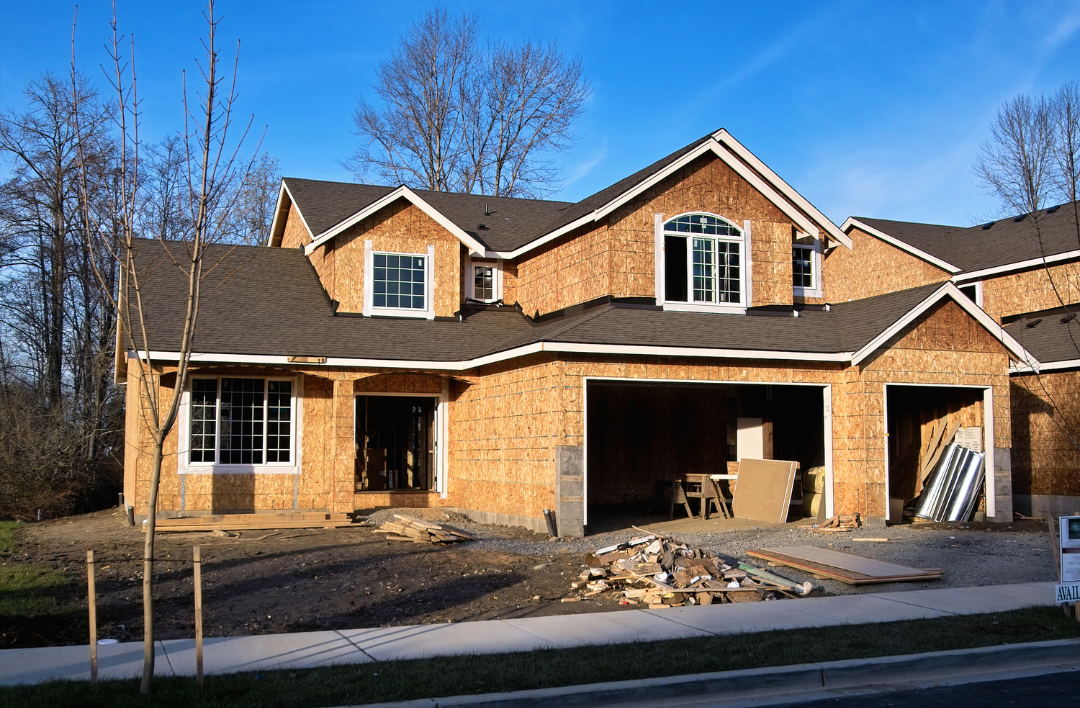
A year ago, housing affordability dominated national conversations as the Canadian real estate market exploded in growth, across major urban centres and rural communities alike.
For the last couple of months, it seems like this discussion has shifted, with affordability taking a back seat given recent moderation in the market following the unprecedented “COVID boom.”
The average price for a home in Canada was sold for about $630,000 in July, recent data from the Canadian Real Estate Association (CREA) confirm. This is down five per cent from the same time a year ago. When the red-hot markets of Toronto and Vancouver are removed from the equation, the typical price for a residential property falls to roughly $525,000.
Despite the last several months of falling Canadian real estate prices and rising interest rates, why are prices not returning to pre-pandemic levels? Be it a single-family house or a condominium, residential prices remain elevated following their meteoric surge.

Is a Lack of Supply Still Keeping Prices High in the Canadian Real Estate Market?
According to CREA, residential property sales tumbled by 5.3 per cent month-over-month in July. This represented the fifth straight monthly decline, with transactions down in three-quarters of all local markets.
With demand and home sales means more supply is coming on stream, or existing inventory is sitting on the market longer. However, that increase in offset by demand from several months ago persists.
“July saw a continuation of the trends we’ve been watching unfold for a few months now; sales winding down and prices easing in some relatively more expensive parts of the country as well as places where prices rose most over the past two years,” said Jill Oudil, Chair of CREA, in a statement. “That said, the demand that was so strong just a few months ago has not gone away, but some buyers will likely stay on the sidelines until they see what happens with borrowing costs and prices.”
So, what about supply? The number of new residential listings tumbled 5.3 per cent in July, CREA data found. In addition, months of inventory, which measures the number of months it would take to exhaust current stocks at the present rate of sales activity, surged to 3.4 months by the end of July.
“It’s only one month of data at this point, but it suggests that some sellers are also playing the waiting game, and that is with an overall inventory of homes for sale that is still historically low,” said Shaun Cathcart, CREA’s Senior Economist, in a news release. “The Bank of Canada is also expected to finish up their remaining rate hikes (100 basis points or so) over the next few months, which five-year fixed mortgage rates have mostly already priced in. We’ve already witnessed a sharp housing market adjustment this year, but it will hopefully be short-lived if conditions continue to show signs of stabilizing.”
But new housing construction activity has been robust, increasing by approximately six per cent to 22,229 units in July, according to Canada Mortgage and Housing Corporation (CMHC). On a year-to-date basis, however, housing starts have slumped more than five per cent to 134,684 units.

When it comes to fresh supply being built, it is the major urban centres that have witnessed a decline, the CMHC noted.
“Monthly SAAR housing starts in Canada’s urban areas declined in July, driven by lower single-detached starts. However, Vancouver and Toronto both registered much stronger declines in multi-unit starts than in single-detached starts, while Montreal saw similarly large declines in both unit types,” said Aled Ab Iorwerth, CMHC’s Deputy Chief Economist, in a news release.
While housing stocks are improving, they are still insufficient to keep up with demand.
For example, new listings in the Ontario real estate market advanced 7.2 per cent year-over-year in August, coming in at 26,500 new residential listings, data from the Ontario Real Estate Association (OREA) show. While this is noticeably higher, new listings were seven per cent below the five-year average. Or according to the British Columbia Real Estate Association (BCREA), “inventories remain quite low, but the slow pace of sales has tipped some markets into balanced or even buyers’ market territory.”
As the nation’s population grows amid the federal government’s plan to welcome more than one million immigrants over the next couple of years, demand for Canadian real estate is expected to remain high. Although higher interest rates may minimize some of this demand, the post-pandemic hangover might persist.
Perhaps Jason Mercer, chief market analyst for the Toronto Regional Real Estate Board (TRREB), summarized the situation in the Canadian real estate market best: “We’re seeing a gap in the ‘missing middle.’” Until more housing supply comes online, it will prove to be challenging to see prices come down at a level whereby more families and households feel comfortable making that giant leap into homeownership, whether in downtown Toronto or a small town in Atlantic Canada.
Source: remax.ca
Posted by Infinity Admin on
Leave A Comment